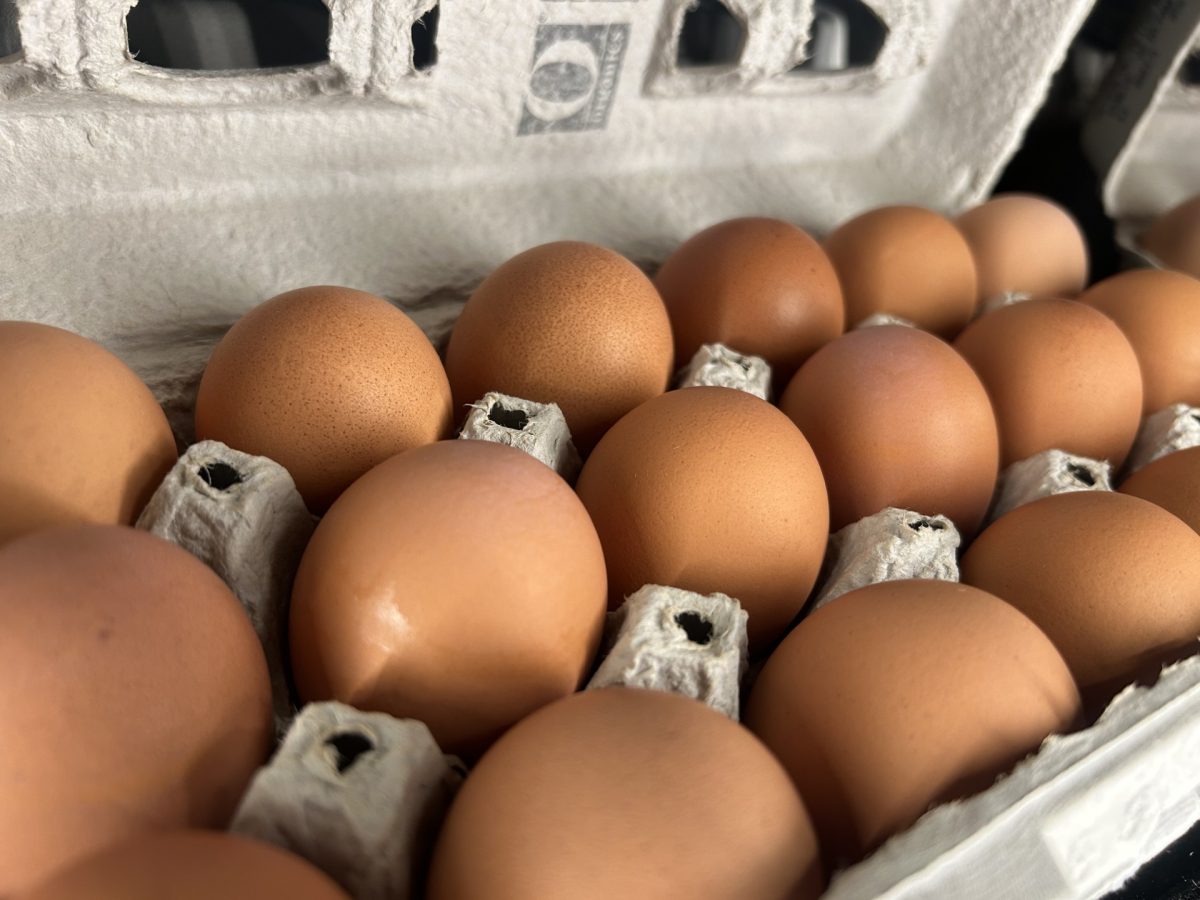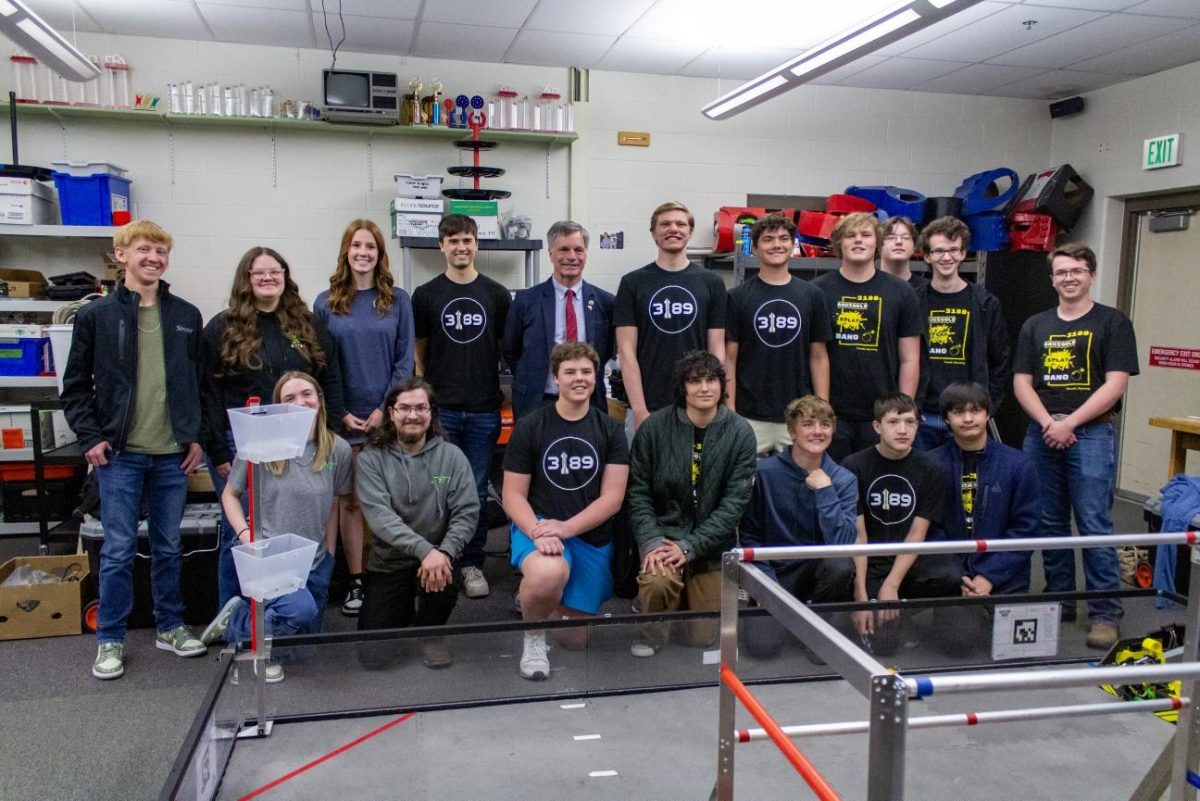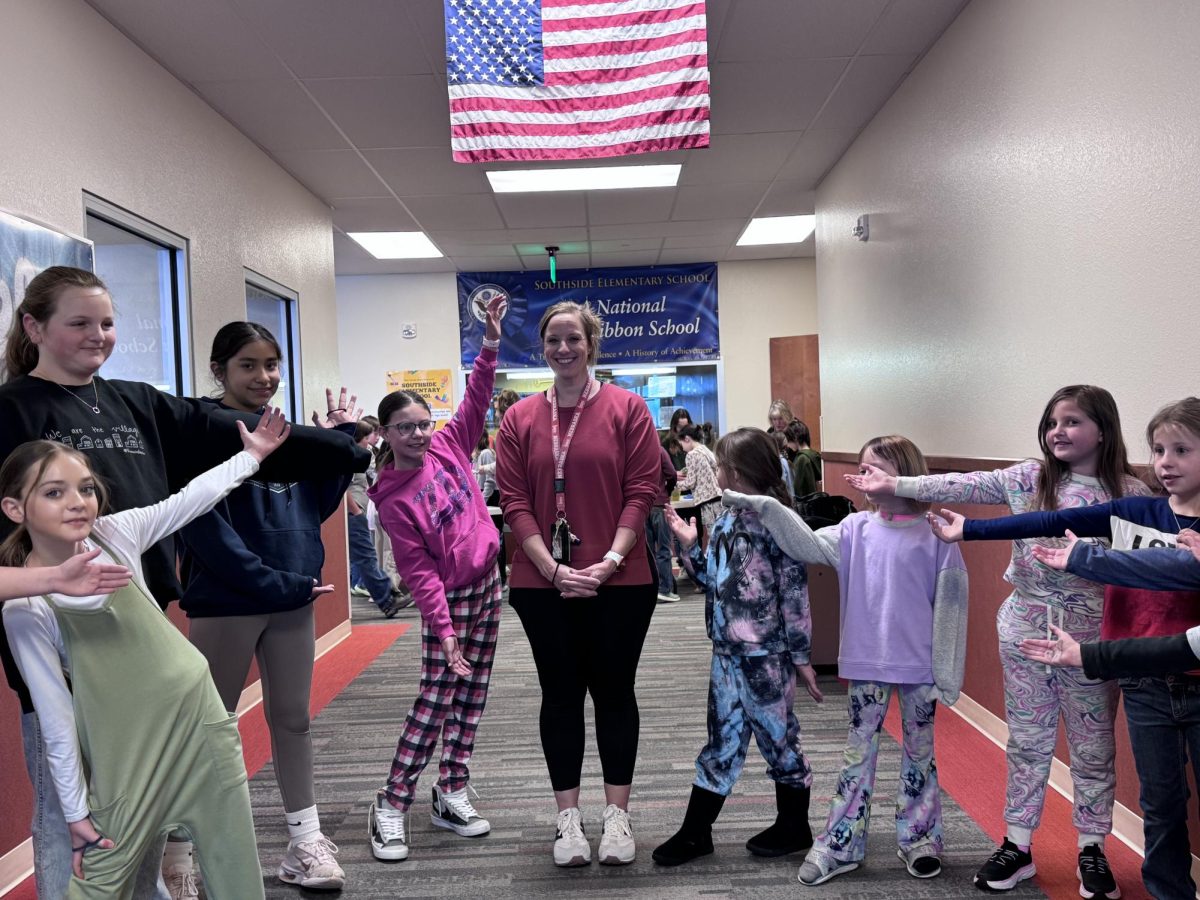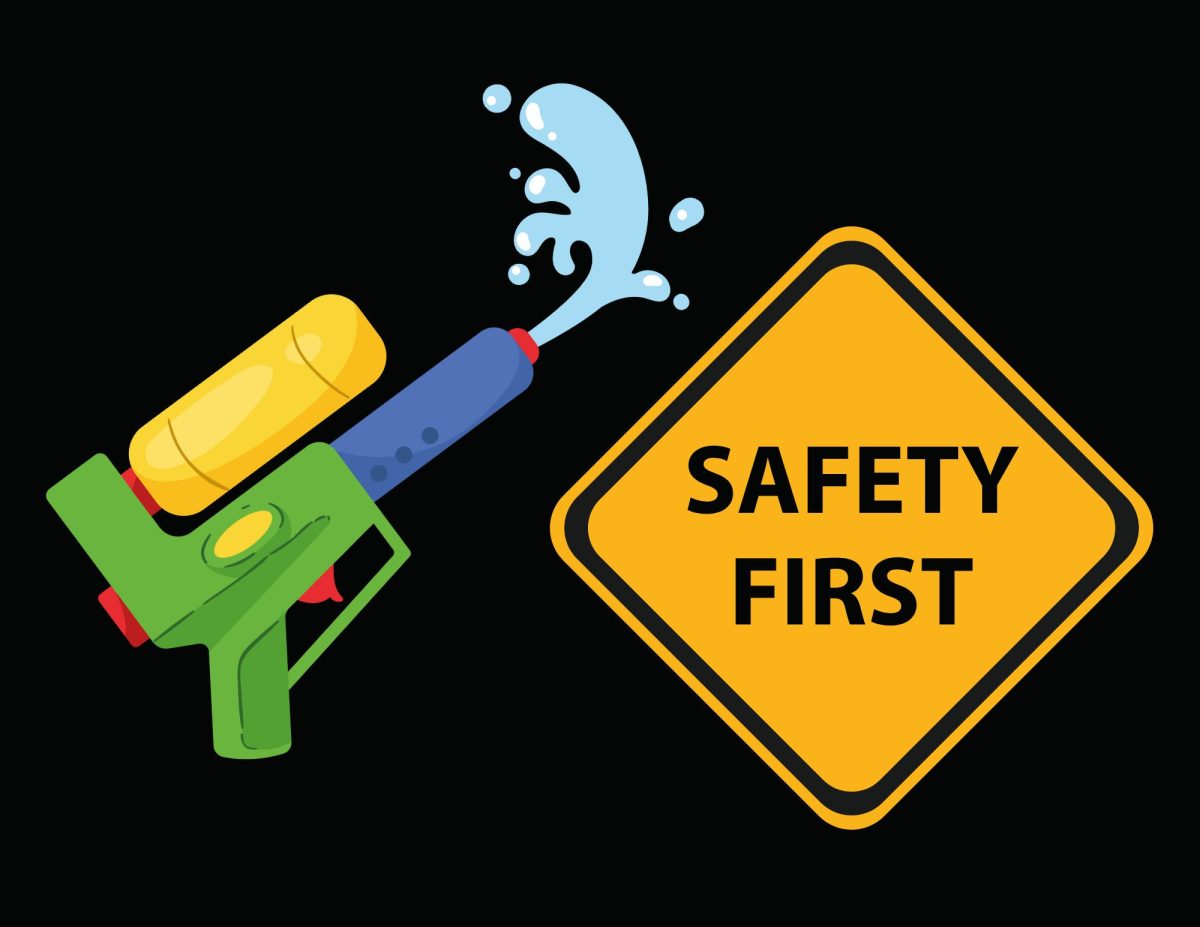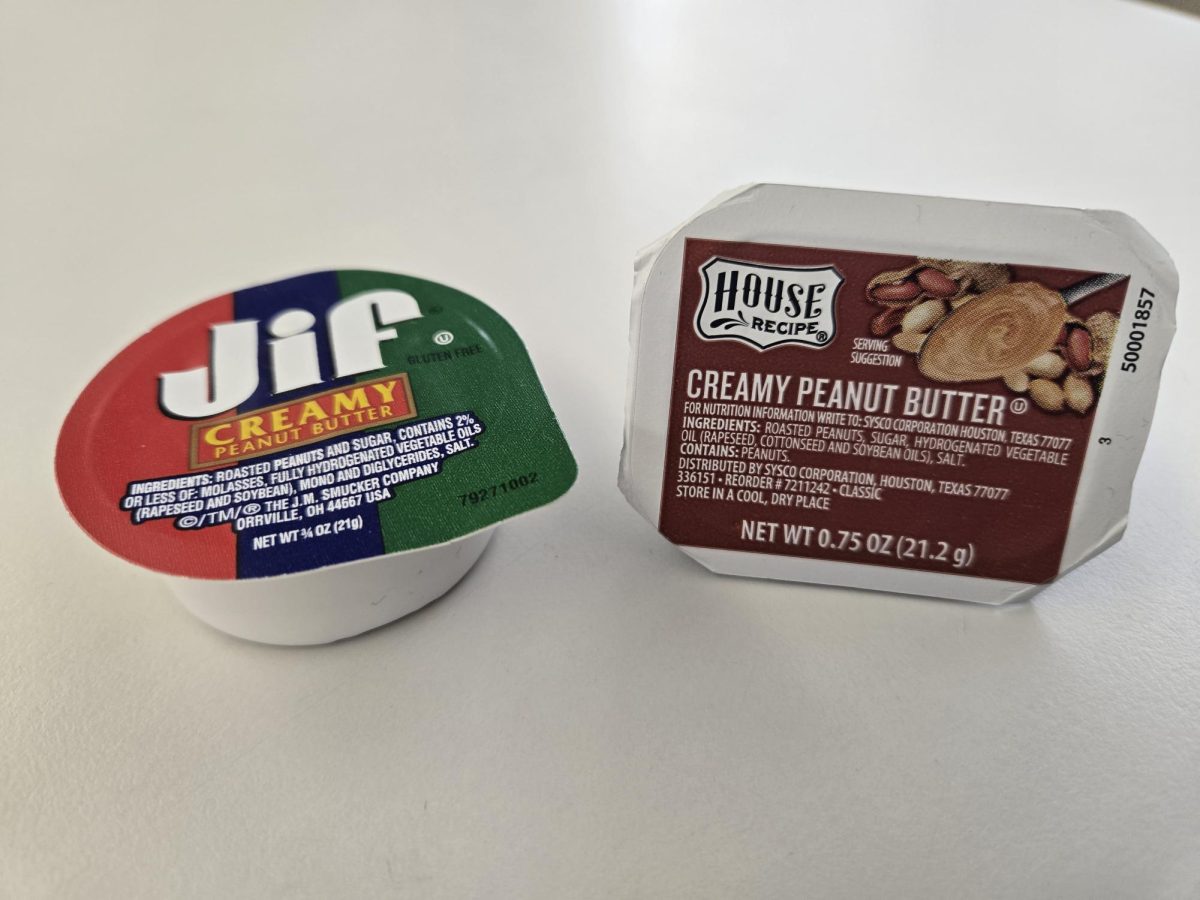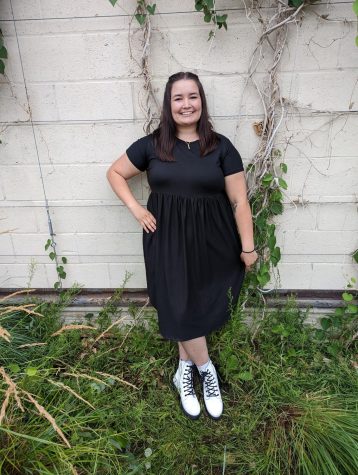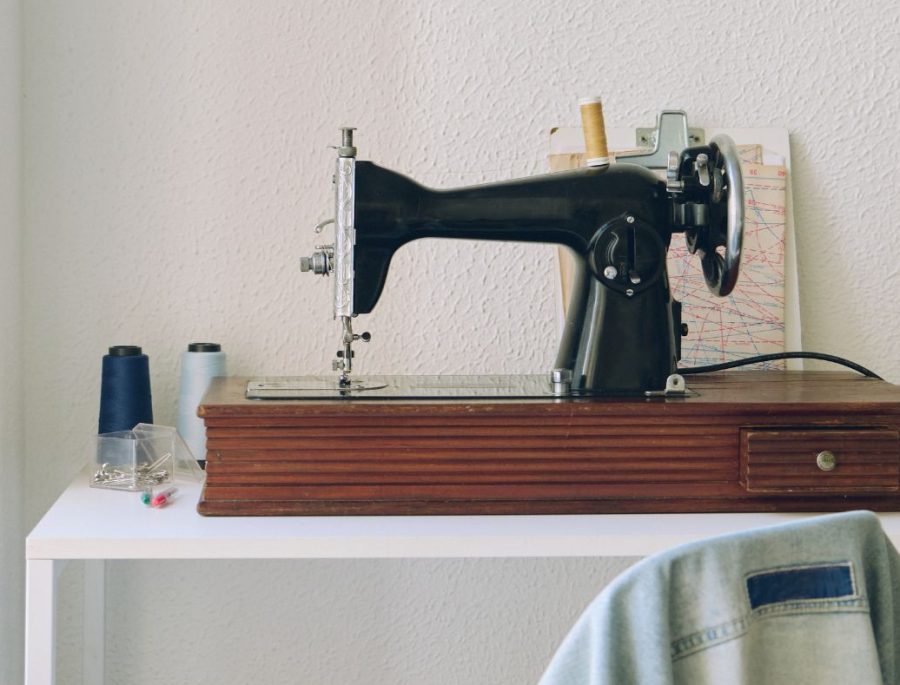IN A STITCH
An inside look on how trendy, cheap clothes are produced
Photo Courtesy of Josie Griffin
A vintage sewing machine sits waiting to be used by a talented seamstress.
There seems to be something new trending each month. It may be a piece of clothing, a water bottle or how to decorate your bedroom. To keep up with the ever changing clothing trends, many brands have searched for ways to cut production costs and gain the support of broke high school students with low prices and trendy products.
One brand notorious for this is SHEIN. According to BBC, the brand adds up to 6,000 new styles to their website daily. This amount of clothing would typically take weeks, if not months, to produce, but they manage to manufacture it in a fraction of the time. SHEIN’s fight to stay relevant in the constantly evolving fashion industry has led it to become known as a fast fashion brand.
“[Fast fashion] is typically clothing made in third world countries,,” senior Sydney Spomer said. “The workers are treated really poorly, and [the clothing is] made in bulk.”
BBC states workers for SHEIN work up to 75 hours per week and are paid per item produced. While this production method allows the brand to keep up with changing fashion trends, it directly violates labor regulations. However, with limited income, many high school students choose to order from these brands.
“I’m not supportive of [sweatshops],” junior Aramonie Brinkerhoff said. “I understand it’s the wrong thing to do, but, unfortunately, that’s just the fashion industry in general.”
Although sweatshops are typically thought to be used by brands with lower prices, brands such as Lululemon and Nike have also been caught using sweatshop labor. Sweatshops have consistently been used to reduce labor costs and allow the companies to have a higher profit margin or sell items at a lower price.
“[The clothes] are cheaper,” senior Grace Sapp said. “I realized it was the same quality [as other brands] and you are paying a lot less money for it.”
The saying “you get what you pay for” holds true for SHEIN. In addition to ethical concerns, you may also want to consider the quality of a product before ordering.
“It’s really important to read all the reviews and all the measurements,” Brinkerhoff said. “The quality is okay. It’s livable, and it’s functional.”






